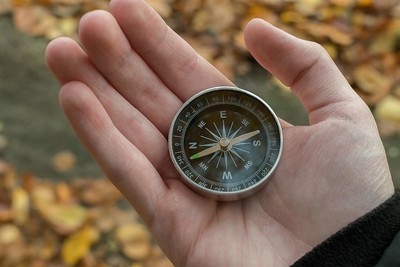If you want to make progress, make a map.
 Fascination with the idealized future state isn’t ideal. Before moving forward, define the current state of things.
Fascination with the idealized future state isn’t ideal. Before moving forward, define the current state of things.
Improvement opportunities mean nothing unless they come from a deep understanding of the state of things as they are. Define things as they are before settling on improvement opportunities.
If you want to converge on a common understanding of how things are, make a map.
In times of uncertainty, there’s no way to know the destination. Assess your location, look for low-energy paths, and investigate several in parallel.
If you want to understand the situation as it stands, try to make a map. The gaps in the map define your learning objectives. And once the map hangs together, show it to someone you trust and refine it.
Before there can be agreement on potential solutions, there must be agreement on the situation as it is. Take time to make a map of the situation and show it to those who will decide on potential solutions. Create potential solutions only after everyone agrees on the situation as it stands.
If there’s disagreement on the map of the current state, break the regions of disagreement into finer detail until there is agreement.
It may seem slow and wasteful to make maps and create a common understanding of how things are. But if you want to know slow and wasteful, look at how long things take when that work isn’t done.
If you want to make progress, make a map.
Image credit — maximilianschiffer
 Mike Shipulski
Mike Shipulski